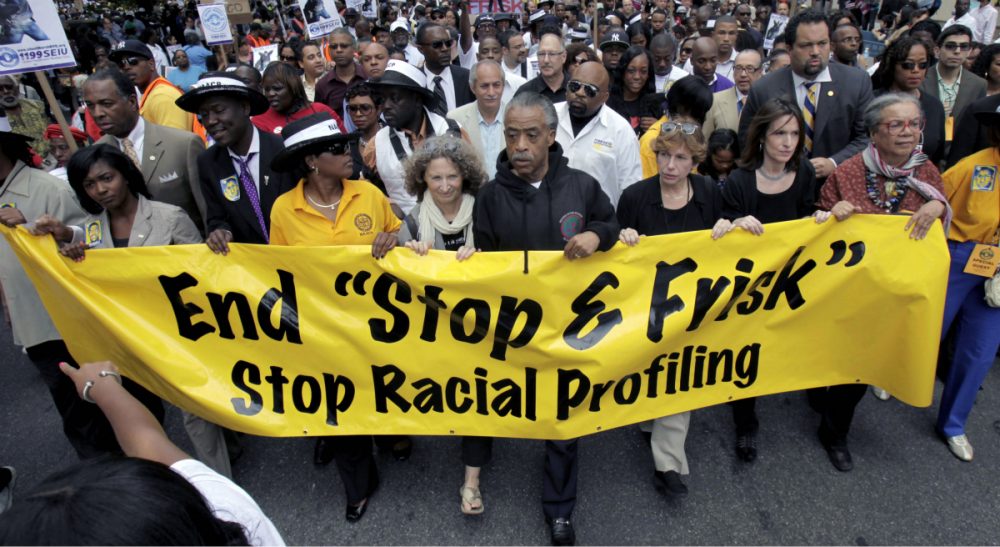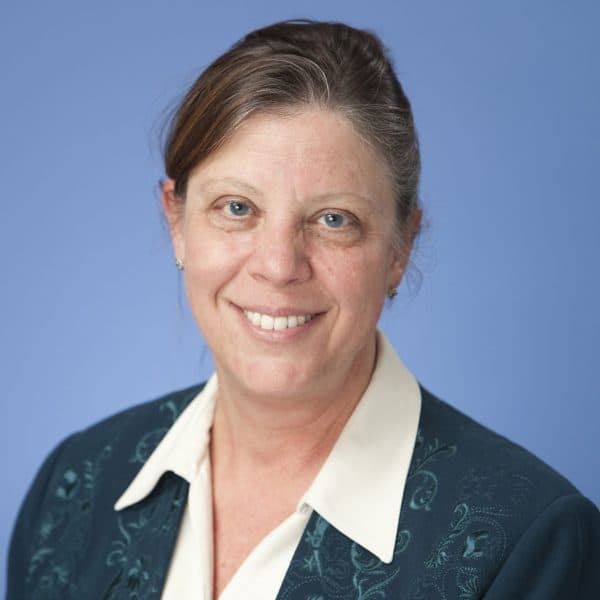Advertisement
Commentary
Black, Brown And Targeted: Racial Profiling In Boston

Conversations about race and policing are fraught with emotion, whether in Ferguson, New York or Boston. So, especially in this area, facts matter. They can dispel myths and inform elected leaders, whose job it is to keep us both safe and free.
On a community level, police are more likely to target black neighborhoods than white neighborhoods with identical crime rates. On an individual level, young black men are more likely than otherwise identical whites to face multiple police encounters, and to be frisked or searched during an encounter.
That’s why the ACLU has released a report, “Black, Brown and Targeted,” based on a preliminary analysis by a Boston Police Department-appointed researcher of more than 200,000 encounters between Boston Police Department (BPD) officers and civilians between 2007 and 2010. The report documents — as fact — what Boston’s communities of color have long known: police in Boston have targeted thousands of black and brown people, even when those people have done nothing wrong.
The analysis of these 200,000 encounters, which a BPD researcher shared with the ACLU and BPD officials in March 2014, shows stark racial disparities. And it also shows that these disparities cannot be explained away by crime rates, prior arrests or alleged gang involvement.
Simply put, the analysis suggests that that blacks are more likely than otherwise identical white people to be interrogated, observed or stopped by the police.
That is racial bias, plain and simple, and it appears no matter how the data is sliced. On a community level, police are more likely to target black neighborhoods than white neighborhoods with identical crime rates. On an individual level, young black men are more likely than otherwise identical whites to face multiple police encounters, and to be frisked or searched during an encounter.
The evidence also helps to dispel some common myths that are often invoked to justify racial disparities in policing:
Myth #1: Racial disparities arise simply because police target the bad guys — gang members, criminals and tough neighborhoods.
The evidence suggests otherwise. Even after the researchers controlled for neighborhood crime rates, past arrest records and gang membership, they still found that black race substantially drove police encounters. That’s why young people in Boston’s communities of color often talk about “getting posted” — or “stopped-and-frisked” — for no reason.
Myth #2: Boston’s stop-and-frisk problem “isn’t as bad as New York.”
Also not true. The core preliminary finding in Boston is basically the same as it was in New York City: race is driving police-civilian encounters. There are also other similarities. In New York, more the half of the stops were attributed to “furtive movements,” which a court found unconstitutional. In Boston, a whopping 75 percent of the encounters were made simply to “investigate person,” which is the same as the police saying, “because I said so.”
Myth #3: Documented police encounters are down, and crime is down.
Crime may be down, but there is no evidence that targeting black communities helped to make that happen. In fact, not a single one of the 200,000 police-civilian encounters studied resulted in an arrest. Nor is there any evidence that racial bias has decreased along with crime. Despite ACLU requests, the BPD has not disclosed any data or reports from 2011 or later, so it’s possible that police stopped recording their stops but continued to target people based on race.
Crime may be down, but there is no evidence that targeting black communities helped to make that happen. In fact, not a single one of the 200,000 police-civilian encounters studied resulted in an arrest.
Faced with the evidence, what should policy-makers do? The ACLU has proposed three recommendations, developed in recent discussions with community groups and other civil rights organizations. We believe that the BPD should: (1) use body-worn cameras; (2) issue receipts for civilian-police encounters; and (3) regularly report data on stop-and-frisk. These measures will protect individuals and enable the public to learn the rates of stops-and-frisks, which racial and ethnic communities are most affected, and whether this program is truly fighting crime.
Communities of color in Boston have expressed concern for years about police targeting black and brown men based on their race rather than their actions. Expert analysis now backs them up. With the facts now available to all, we have an historic opportunity to make Boston the antidote to Ferguson. It’s time for our leaders act by adopting policies to ensure that Boston is a national model of fair and effective policing for all.
Related:
